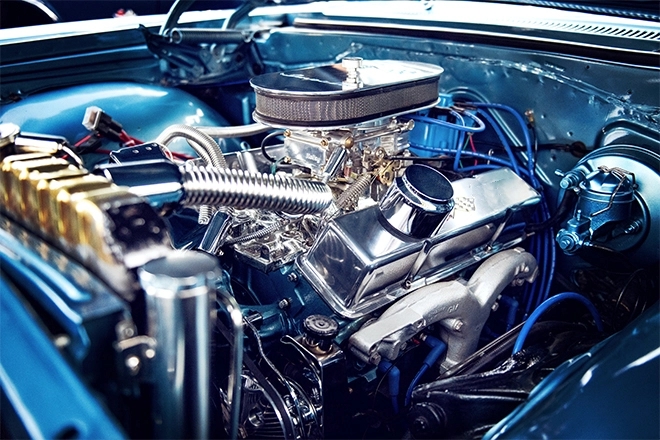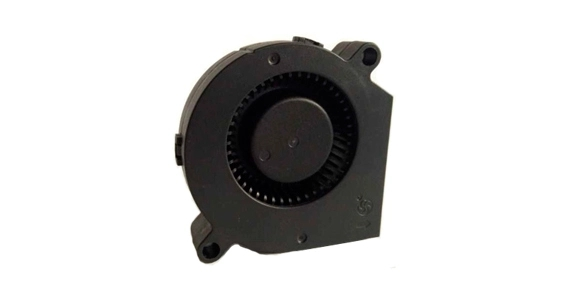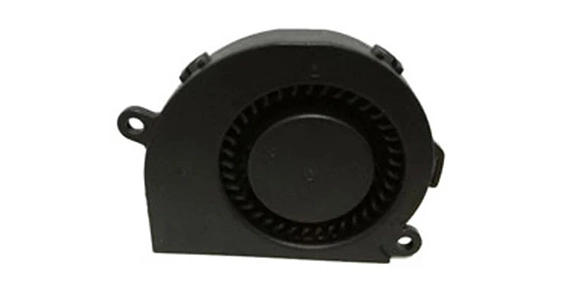When it comes to maintaining the optimal temperature in your vehicle's engine, the engine cooling fan plays a crucial role. This vital component ensures that the engine doesn't overheat, preventing damage and ensuring smooth operation. However, with the variety of options available in the market, choosing the right engine cooling fan can be a daunting task. In this article, we will explore the types and designs of engine cooling fans, the importance and function of these fans, and also discuss eco-friendly options and upgrades for enhanced performance.
Types and Designs of Engine Cooling Fans
There are primarily two types of engine cooling fans: mechanical and electric. Mechanical fans are driven by the engine's crankshaft via a belt and pulley system. On the other hand, electric fans are powered by an electric motor and can be controlled using a thermostat or a fan controller.
Within these two types, there are also several designs of engine cooling fan. The most common design is the axial fan, which consists of blades that operate like a propeller, moving air in a linear direction. Centrifugal fans, on the other hand, operate like a squirrel cage, drawing air in from the engine bay and expelling it radially.

Importance and Function of Engine Cooling Fans:
The engine cooling fan plays a crucial role in maintaining the temperature of the engine. It ensures that the engine doesn't overheat by pulling air through the radiator, which helps dissipate the excess heat generated during the combustion process. This prevents damage to the engine and enhances its overall performance and longevity.
Without a functioning engine cooling fan, the engine may overheat, leading to potential issues such as engine damage, reduced fuel efficiency, and even engine failure. Therefore, it is essential to choose the right automotive blower fan for your vehicle to ensure proper cooling and prevent any potential problems.

Exploring Eco-Friendly Engine Cooling Fan Options
In recent years, there has been a growing focus on eco-friendly solutions for vehicles. This includes engine cooling fans that are designed to be more energy-efficient and reduce fuel consumption. Electric fans are inherently more eco-friendly compared to mechanical fans as they are not reliant on the engine's power and can be controlled based on the engine's cooling needs.
Additionally, some manufacturers offer engine cooling fans that utilize advanced technologies such as brushless motors, which enhance energy efficiency and reduce noise levels. These eco-friendly options not only contribute to a greener environment but also provide improved performance and longevity.
Engine Cooling Fan Upgrades for Enhanced Performance
For those looking to enhance their vehicle's performance, upgrading the engine cooling fan can be a viable option. Upgraded fans with higher flow rates and improved blade designs can significantly increase the cooling capability, ensuring better temperature management, especially in high-performance vehicles or in extreme conditions. There are also aftermarket fan controllers available that allow for precise control over the fan's speed and operation, further enhancing performance.
In conclusion, choosing the right engine cooling fan for your vehicle is essential to ensure proper temperature management and prevent engine damage. Consider the types and designs available, understand the importance and function of engine cooling fans, and explore eco-friendly options and upgrades for enhanced performance. With the right engine cooling fan, you can enjoy a reliable and efficient vehicle that stays cool even during challenging conditions.

 EN
EN 

 +
+
 +
+
 +
+



